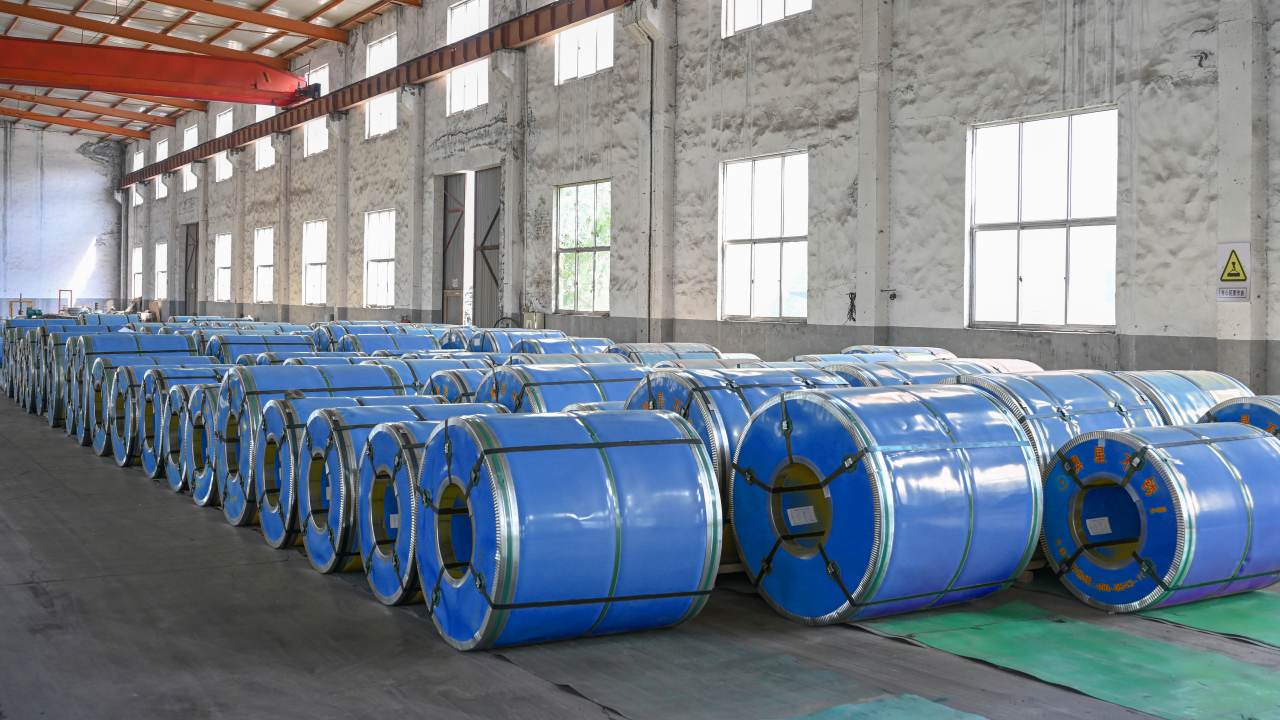At Aoxing Mill, we are dedicated to helping our customers understand the nuances of different stainless steel grades to make informed decisions for their projects. In this blog, we will explore the distinctions between 304, 304L, and 304H stainless steel, followed by a brief overview of other 304 variants.
Common 304 Stainless Steel Grades Variants
304 Stainless Steel
304 stainless steel, also known as A2 stainless steel, is the most widely used austenitic stainless steel. It contains 18-20% chromium and 8-10.5% nickel, which provides excellent corrosion resistance, formability, and mechanical properties. It is commonly used in kitchen equipment, chemical containers, and architectural applications.
304L Stainless Steel
304L stainless steel is a low-carbon version of 304 stainless steel. The “L” stands for “low carbon,” which means it contains a maximum of 0.03% carbon, compared to the 0.08% in standard 304 stainless steel. This lower carbon content minimizes the risk of carbide precipitation during welding, enhancing its resistance to intergranular corrosion. This makes 304L ideal for applications requiring extensive welding, such as in the chemical and petrochemical industries.
304H Stainless Steel
304H stainless steel, on the other hand, has a higher carbon content of up to 0.10%. The increased carbon content provides greater strength at high temperatures, making 304H suitable for elevated temperature applications. It is often used in industrial boilers, heat exchangers, and piping systems.
304 vs 304L vs 304H Chemical Composition Comparison
| Grade | C | Mn | Si | P | S | Cr | Mo | Ni | N |
| 310 | 0.08 | 2.00 | 0.75 | 0.045 | 0.030 | 18.0-20.0 | - | 8.0-10.5 | 0.10 |
| 304L | 0.03 | 2.00 | 0.75 | 0.045 | 0.030 | 18.0-20.0 | - | 8.0-12.0 | 0.10 |
| 304H | 0.04-0.10 | 2.00 | 0.75 | 0.045 | 0.030 | 18.0-20.0 | - | 8.0-10.5 | - |
Key Differences Between 304, 304L, and 304H
The primary differences between 304, 304L, and 304H stainless steels are their carbon content and their suitability for different applications:
Corrosion Resistance: 304L has superior resistance to intergranular corrosion compared to 304 and 304H, especially after welding.
Strength at High Temperatures: 304H offers higher strength at elevated temperatures compared to 304 and 304L.
Welding: 304L is preferred for welding applications due to its lower carbon content, reducing the risk of carbide precipitation.
| Grade | Tensile Strength(Mpa) | Tensile Strength(Mpa) | Elongation(%) | Hardness Test | |
| HBW | HRB | ||||
| 310 | ≥515 | ≥205 | ≥40 | ≤201 | ≤92 |
| 310S | ≥485 | ≥170 | ≥40 | ≤201 | ≤92 |
| 310H | ≥515 | ≥205 | ≥40 | ≤201 | ≤92 |
Other Variants of 304 Stainless Steel
Beyond 304, 304L, and 304H, there are several other variants of 304 stainless steel, each with unique properties tailored for specific applications. Let’s explore these variations:
304N Stainless Steel
304N stainless steel includes nitrogen to increase its strength while maintaining good corrosion resistance. The added nitrogen also improves its mechanical properties, making it suitable for structural applications where high strength is required.
304F Stainless Steel
304F stainless steel is designed for improved machinability. The addition of sulfur enhances its machinability without significantly impacting its corrosion resistance. This variant is commonly used in high-speed machining applications such as fasteners and fittings.
304D Stainless Steel
304D stainless steel, while less common, is engineered for specialized applications requiring a balance of strength and corrosion resistance. It is typically used in decorative applications and architectural components.
Applications and Uses
Each variant of 304 stainless steel serves distinct purposes:
304: General-purpose use, kitchen equipment, and chemical containers.
304L: Ideal for welding applications, chemical and petrochemical industries.
304H: High-temperature environments, industrial boilers, and heat exchangers.
304N: Structural applications requiring high strength.
304F: High-speed machining, fasteners, and fittings.
304D: Decorative and architectural applications.
Conclusion
Understanding the differences between 304, 304L, and 304H stainless steels, along with other 304 variants, is crucial for selecting the right material for your specific needs. Each variant offers unique properties that make it suitable for various applications.
For more detailed information on our 304 stainless steel products and to explore our extensive inventory, please visit our 304 Stainless Steel product page. Whether you need 304 stainless steel sheets or coils, Aoxing Mill has the expertise and resources to meet your requirements. Contact us today to learn more about our products and services.
Post time: May-27-2024





